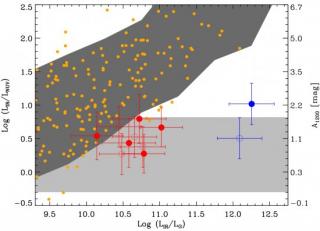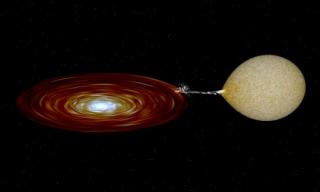
Las binarias de rayos X son sistemas formados por un objeto compacto (estrella de neutrones o agujero negro) y una estrella de tipo “normal”. El objeto compacto arranca materia de la estrella que orbita alrededor del objeto compacto formando un disco de acreción. Las binarias de rayos X transitorias son un tipo de binarias de rayos X que se caracterizan por estar la mayor parte de su vida en quietud. Ocasionalmente, el sistema entra en erupción, fenómeno relacionado con un brusco aumento del ritmo de acreción de materia sobre el agujero negro. Este aumento de brillo se produce en todas las
Advertised on
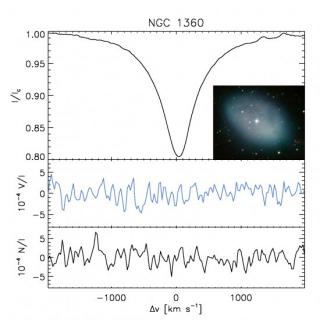
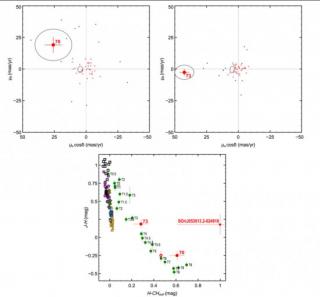
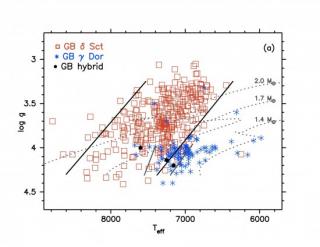
![HST image of the Butterfly nebula obtained by the authors on 1997. Red is Halpha+[NII], green is [OIII]. HST image of the Butterfly nebula obtained by the authors on 1997. Red is Halpha+[NII], green is [OIII].](/sites/default/files/styles/crop_square_2_2_to_320px/public/images/news/resultados74_79.jpg?itok=p_jgDPaj)
